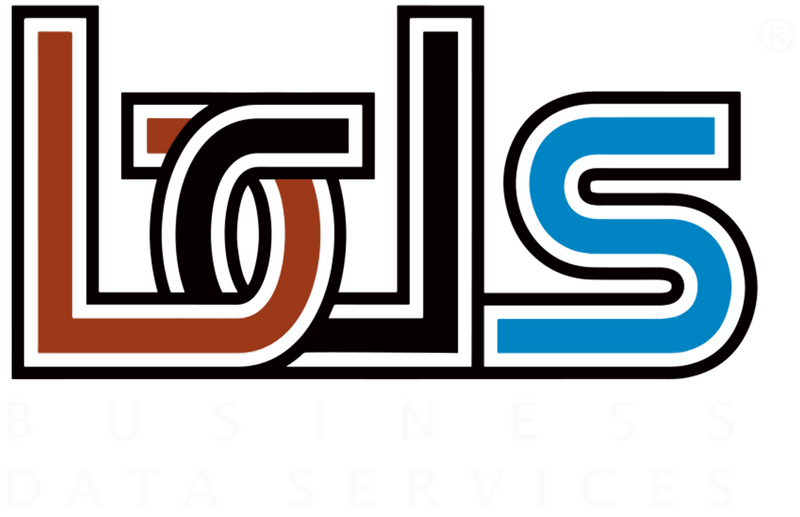 When Getting Hacked Becomes Routine
When Getting Hacked Becomes Routine
When your personal credit card gets hacked once, you chalk it up to bad luck. Twice, and you start getting suspicious. But five times?
That’s not bad luck—it’s a broken system.
That’s what happened to a VP at a 75-person company right here in Kansas City. Smart guy. Runs big budgets, signs vendor contracts, handles sensitive data. But over the course of just a few months, his personal credit card kept getting compromised. Every time, his bank gave him the same advice: “You should probably install mobile antivirus.”
Now look, I’m not here to knock your bank. But that kind of advice? It’s like telling someone with a busted water main to go buy a mop.
The real issue wasn’t his phone. It wasn’t bad luck. And it sure wasn’t a rogue app.
It was something far more common—and far more fixable.
And it’s something we see often in our work with Kansas City small business cybersecurity clients.
The Real Culprits Behind Repeat Card Hacks
If you’ve ever had a credit card hacked—or know someone who has—the knee-jerk reaction is usually to blame the tech: a bad app, a virus, maybe someone skimmed the number at a gas pump.
But in most business-related cases, that’s not it.
The real cause? It’s almost always a bad habit in disguise. And when you’re busy running a company, those habits slip in quietly—until the bill shows up.
Here’s what typically opens the door:
- Reused or weak passwords
That one login you use for everything—email, payroll, Amazon? If it leaks once, it leaks everywhere. Cybercriminals don’t hack you; they log in like you gave them the keys. - Phishing scams
A staff member gets an email that looks legit—maybe it’s a fake invoice, a Dropbox link, or a spoofed internal message. One click, and now attackers have access to your login credentials or financial info. - Unpatched, forgotten accounts
That vendor portal you stopped using last year? It might still be active—with the same password and no MFA. Old accounts are low-hanging fruit for hackers. - Data breaches beyond your control
Even if you do everything right, your information might already be exposed thanks to a third-party breach. Ever heard of HaveIBeenPwned? You might want to check.
None of these problems get solved with mobile antivirus. That’s not where the threat is coming from. The threat lives in the everyday habits of you and your team—and the systems you trust but don’t verify.
What You Need to Do Right—Today
Here’s the good news: fixing this doesn’t require a full IT overhaul or some thousand-dollar software package. It comes down to getting a few critical habits locked in—and making sure your team does the same.
🔐 1. Use a Password Manager
Stop trying to remember everything. A password manager creates strong, unique passwords for every account and stores them securely. That means if one site gets compromised, your entire digital life doesn’t go with it.
If you’re using the same password across multiple platforms—or cycling through slight variations like “Summer2022!” or “Welcome123!”—you’re already vulnerable.
📲 2. Turn On Two-Factor Authentication (2FA)
Adding 2FA is like putting a deadbolt on your accounts. Even if someone steals your password, they can’t get in without the second key—usually a code from your phone or app.
Most business tools today—like Microsoft 365, QuickBooks, or your CRM—offer 2FA. You just need to turn it on.
And here’s a reality check: even large, well-resourced companies fall to weak passwords and missing 2FA. It’s not about how big your business is—it’s about how well it’s protected.
🧠 3. Train Your Team to Spot Scams
Most breaches don’t come from high-tech attacks. They come from someone clicking something they shouldn’t. Phishing emails are designed to trick smart people when they’re tired, distracted, or under pressure.
That’s why we offer cybersecurity training and phishing protection services—because a well-trained staff is your best line of defense.
Pro tip: Cyber insurance won’t cover damage if basic protections weren’t in place. These three steps aren't just smart—they're essential.
These three moves won’t just reduce your risk—they’ll give you peace of mind. Because cybersecurity isn’t just about keeping the bad guys out. It’s about knowing your business is protected before something happens.
How This Ties into Broader Business Strategy
Let’s call it what it is—cybersecurity isn’t just about firewalls and antivirus software. It’s about protecting the business you’ve built from risks that could derail your reputation, your finances, or both.
For business leaders, this isn’t just a tech issue—it’s a strategic one. Because every hour spent cleaning up after a breach is an hour you’re not serving clients, closing deals, or growing your team.
Think about it:
- What’s the cost of a compromised email account that sends bogus invoices to your best clients?
- What happens when your QuickBooks login gets stolen and used for fraudulent ACH transfers?
- How do you explain to your board—or your community—that your systems went down during tax season or year-end reporting?
Trust and uptime are your currency. And your IT setup either reinforces that trust or quietly chips away at it.
Too many businesses operate on a “hope nothing breaks” model—until something does. But hope isn’t a strategy.
That’s why proactive cybersecurity isn’t just a service we offer. It’s a mindset we bring to every engagement.
We’re not here to wait for things to go wrong. We’re here to help you build systems that don’t break under pressure.
Want to see what happens when trust is lost? Here’s what one tech misstep can do to a client relationship.
Why Timing Is Everything (Hint: the Holidays)
If you’re reading this in the fall, you’ve got about 60–90 days before everything gets busier—and riskier.
The holiday season isn’t just peak time for retail. It’s peak time for cybercriminals too. Why? Because it’s when businesses like yours are the most:
- Distracted — Staff is short, schedules are tight, and everyone’s multitasking.
- Transaction-heavy — More vendor payments, last-minute orders, and year-end accounting.
- Vulnerable — Scammers love sending “urgent” emails disguised as missed deliveries, fake invoices, or holiday bonuses.
Even if you think you're not a target, real-world scams like this $500K fraud case in Kansas City prove that attackers don’t care how big or small you are—they care how easy you are.
If your business is already experiencing login issues, unexplained charges, or staff confusion over strange emails, you're not ahead of the curve. You're already on borrowed time.
Now is the moment to:
- Review your security posture
- Educate your team
- Update your passwords and permissions
- Set up real monitoring and response tools
Because once you hit late November? You’re in survival mode. And it’s a lot harder to secure the front door when the fire’s already started in the kitchen.
Ready to See Where You Stand?
Reading about threats is one thing. Knowing exactly where you stand? That’s where real protection starts.
That’s why we created a quick, no-fluff assessment designed specifically for Kansas City business leaders who don’t have time for tech jargon—but still want to know their risk level.
It’s a 20-question business cybersecurity quiz. Takes about 3 minutes to complete. No downloads, no pressure, no scare tactics.
👉 Take our 20-question cybersecurity quiz to see where your business stands before the holiday rush—and find out what steps you can take to strengthen your defenses today.
Whether you score high or low, you’ll walk away with clarity—and that’s more than most execs have going into Q4.
Further Reading & Resources
Looking to dig deeper into protecting your business? These articles and guides will help you strengthen your cybersecurity strategy and avoid the most common IT pitfalls Kansas City businesses face:
- 🔐 Why Cyber Insurance Won’t Save Your Business
Learn why insurance isn’t a safety net for poor security habits—and what you need in place before coverage will actually protect you. - 💔 When Tech Breaks Trust: 3 IT Missteps That Can Cost You Clients
Real stories of how slow response times, weak backups, and unclear accountability can wreck hard-earned client relationships. - 🛡️ If Hackers Could Cripple This 300-Person Company, What’s Protecting Yours?
A cautionary tale from a local company that learned the hard way why password hygiene and layered defenses matter. - 💸 Kansas City’s $500K Check Fraud Scam: What Small Business Owners Need to Know
A breakdown of a real financial scam—and how basic awareness training could’ve stopped it cold. - 🧠 Cybersecurity Services for Kansas City Small Businesses
See how we help local companies like yours stay protected, compliant, and out of the headlines.










